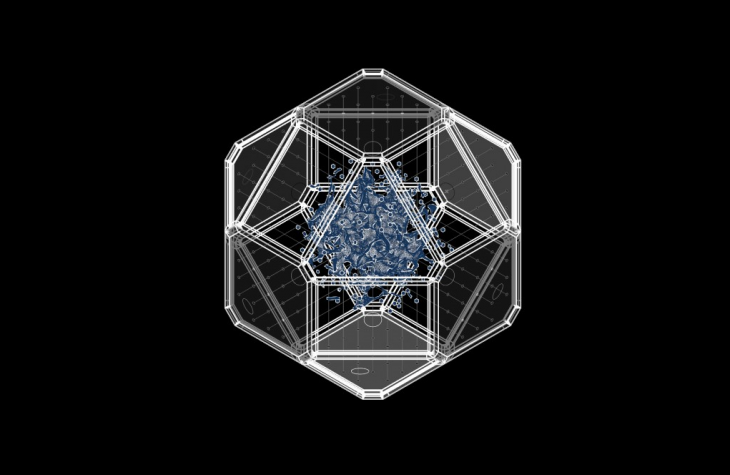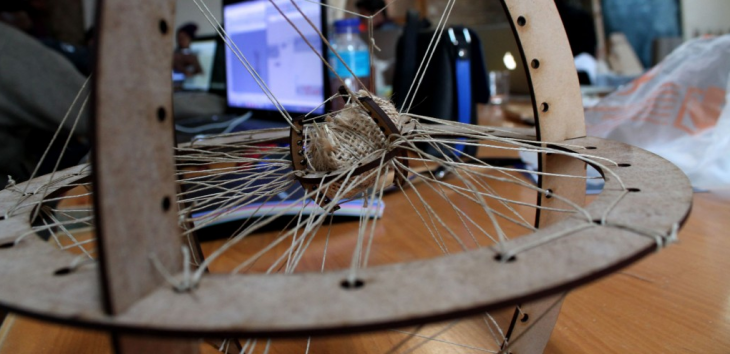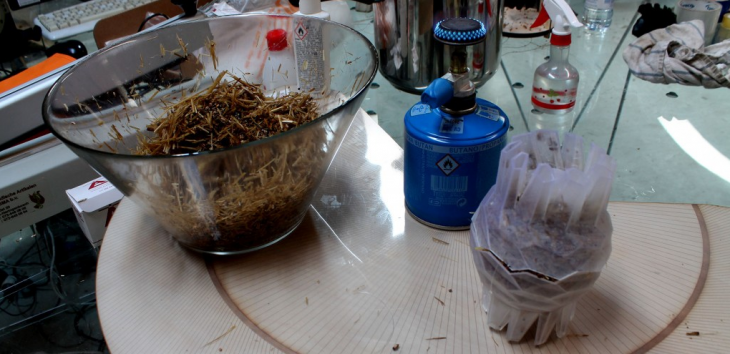IAAC at ACADIA 2016 // POSTHUMAN FRONTIERS: Data, Designers and Cognitive Machines
The ACADIA 2016 Conference, to be held from October 27th to 29th at the University of Michigan Taubman College in Ann Arbor, will foster design work and research from the worlds of practice and academia that lie at the intersection between procedural design, designed environments and autonomous machines.
More specifically, the conference will seek to explore recent work within the current trend in computational design to develop and apply quasi-cognitive machines; the integration of software, information, fabrication and sensing to generate mechanisms for interfacing with the physical realm.
During the session entitled Material Frontiers 2: Synthetic Biologies, moderated by Mathias del Campo, Head of IAAC Visiting Programs and Noumena Founder Aldo Sollazo will present the paper Symbiotic Associations, co-authored with IAAC Alumni Efilena Baseta and InnoChain PhD candidate Angelos Chronis.

Apparatus
Symbiotic Associations explores the implementation of physical computing, computational analysis and digital fabrication for the design and optimization of an efficient soil remediation strategy using mycelium. The paper focuses on the development of a methodology for capturing and modelling the growth of the mycelium fungus using photogrammetry based 3D scanning and computational analysis.

Apparatus to grow mycelium
The research is a first step towards the development of an automated soil decontamination process, using an optimized bio-cell fungus seed that can be remotely populated through aerial transportation.

Sterilisation of mycelium before inoculation
The Conference is organised by ACADIA, the Association for Computer Aided Design in Architecture, an international network of digital design researchers and professionals. ACADIA facilitates critical investigations into the role of computation in architecture, planning, and building science, encouraging innovation in design creativity, sustainability, and education.
